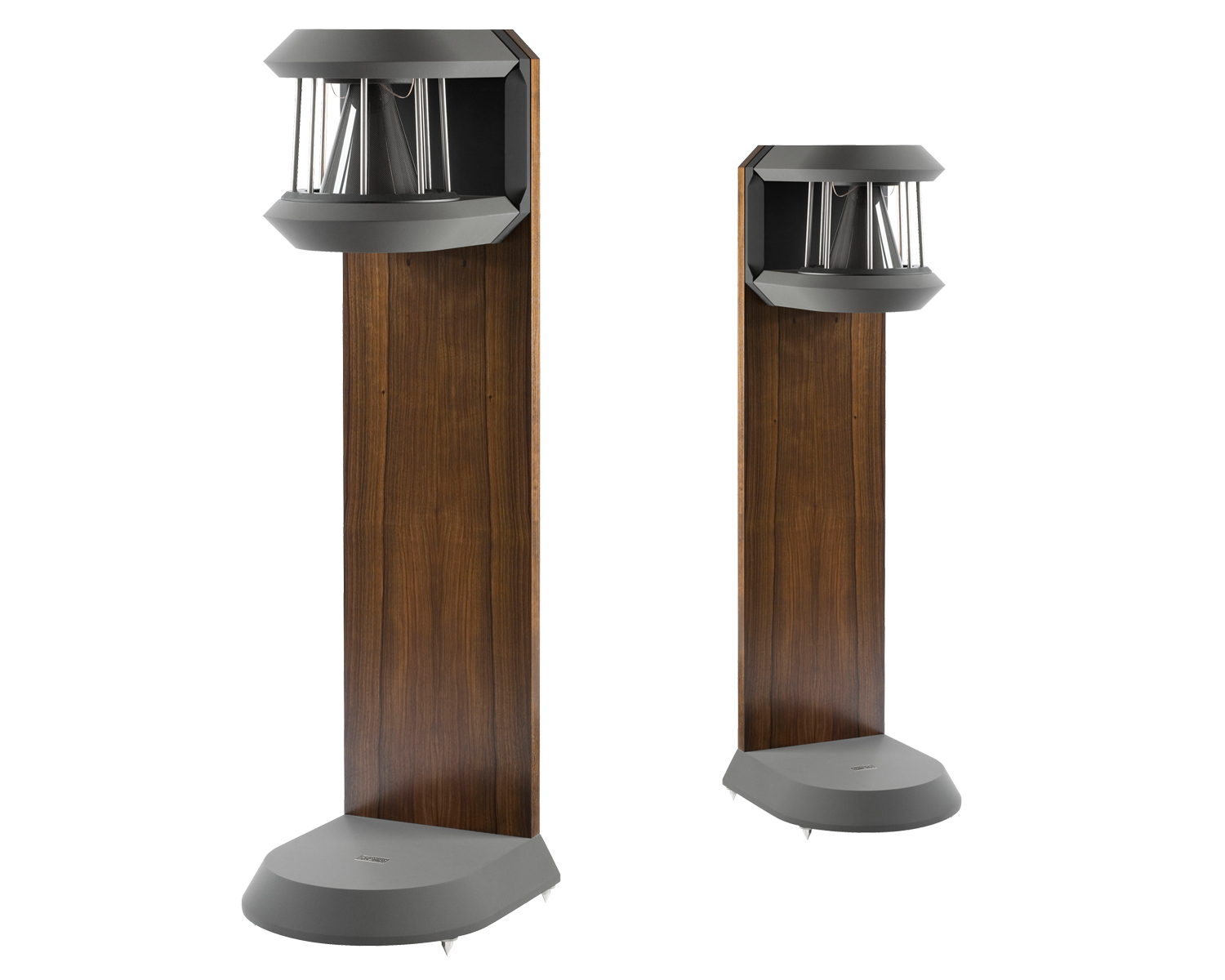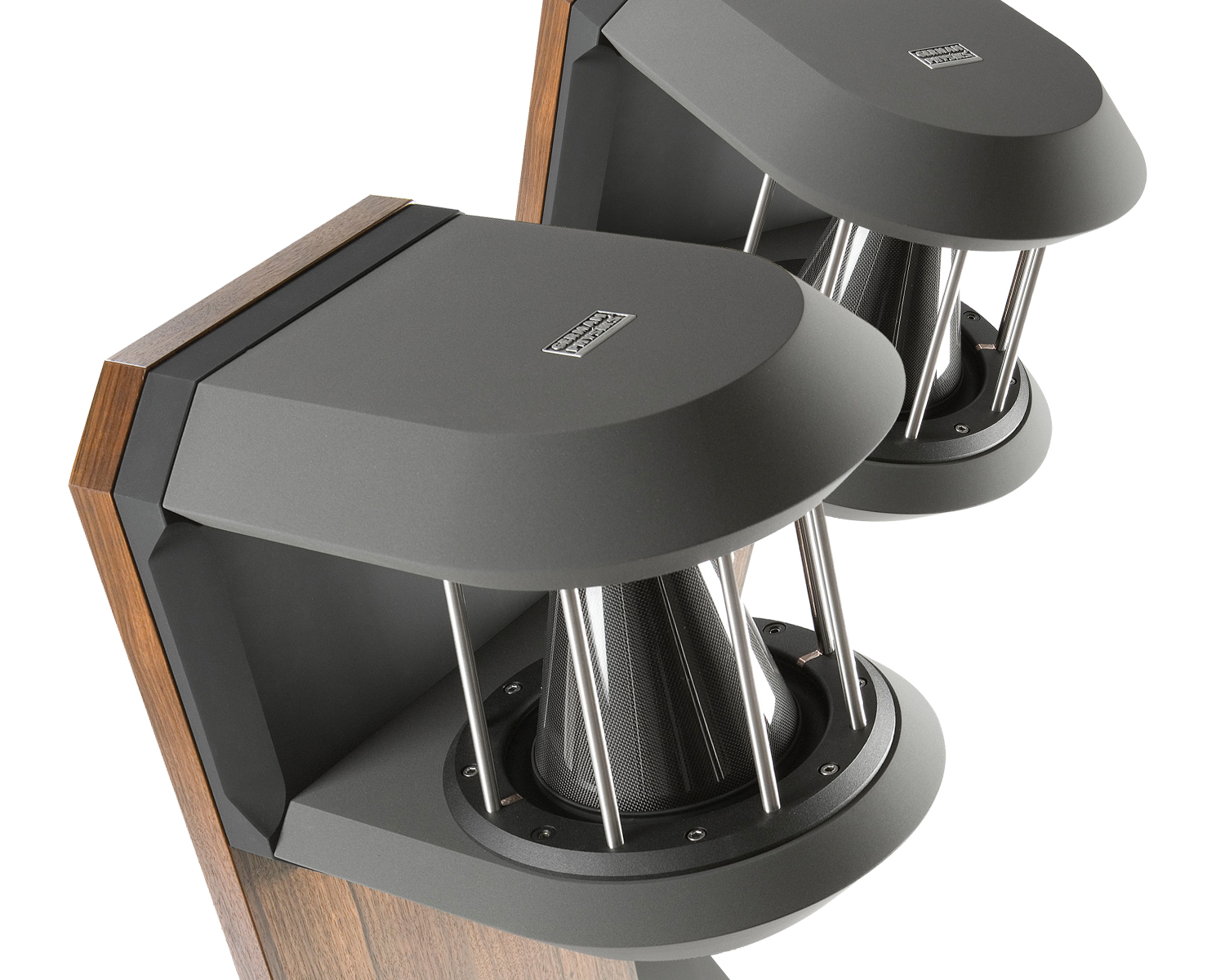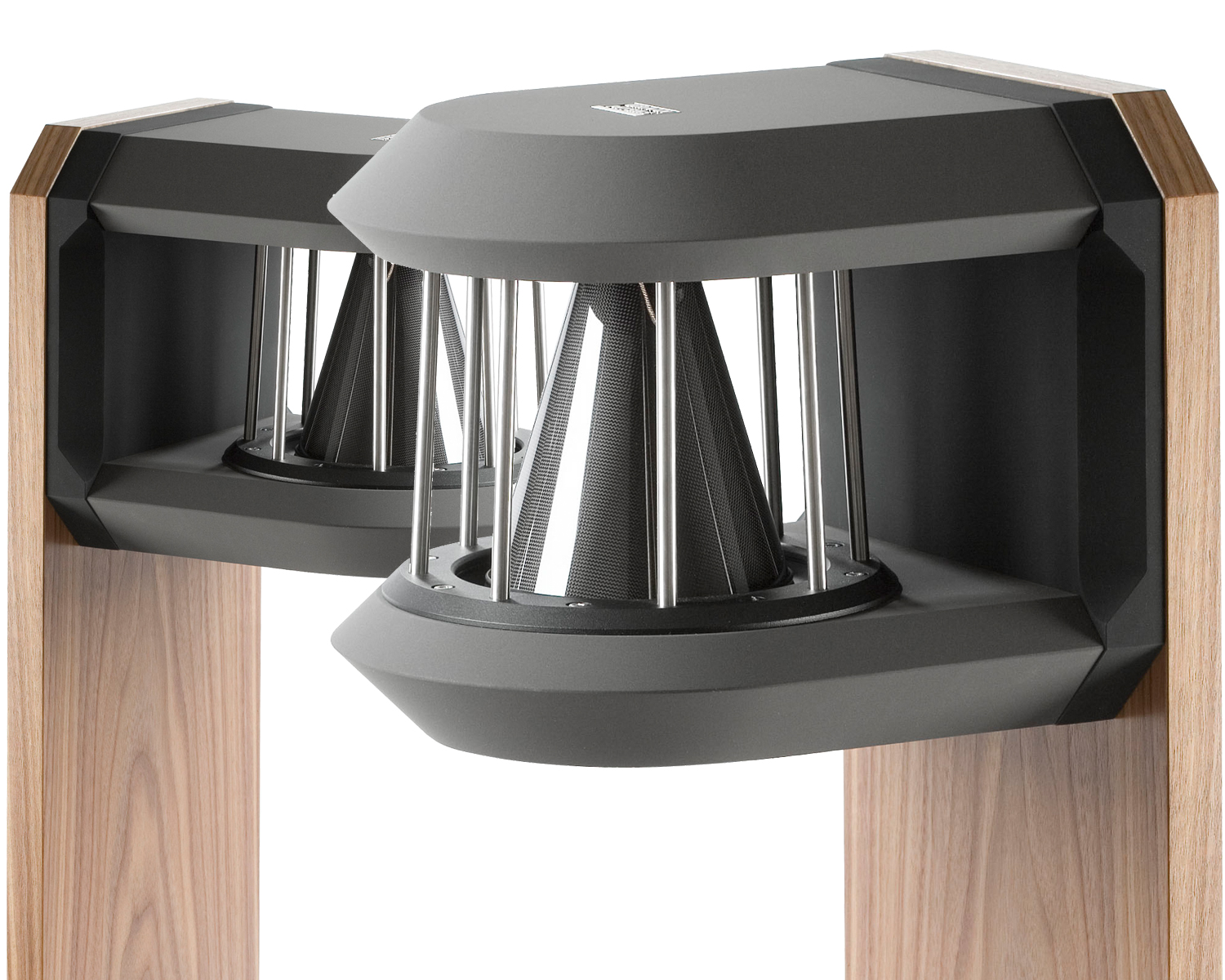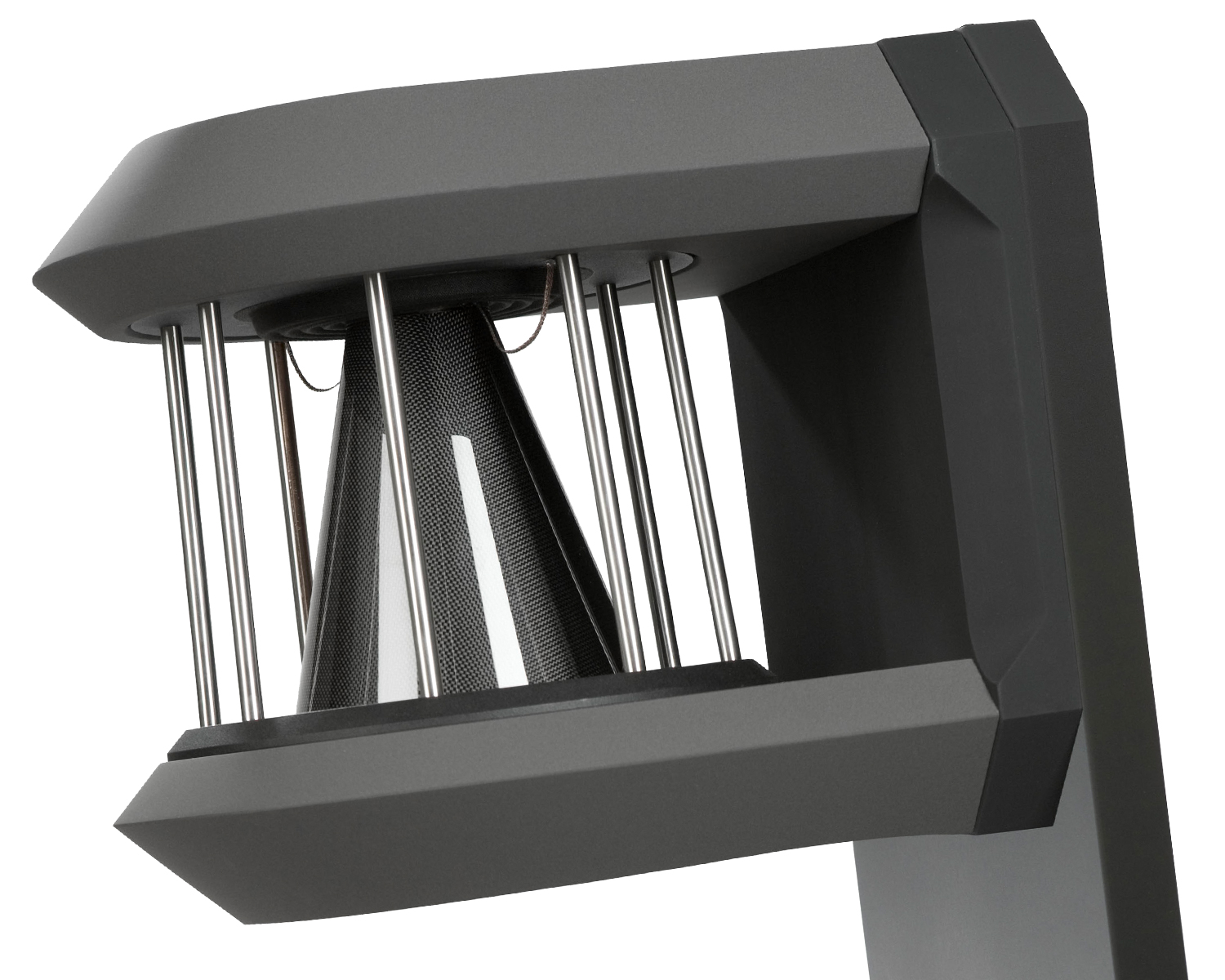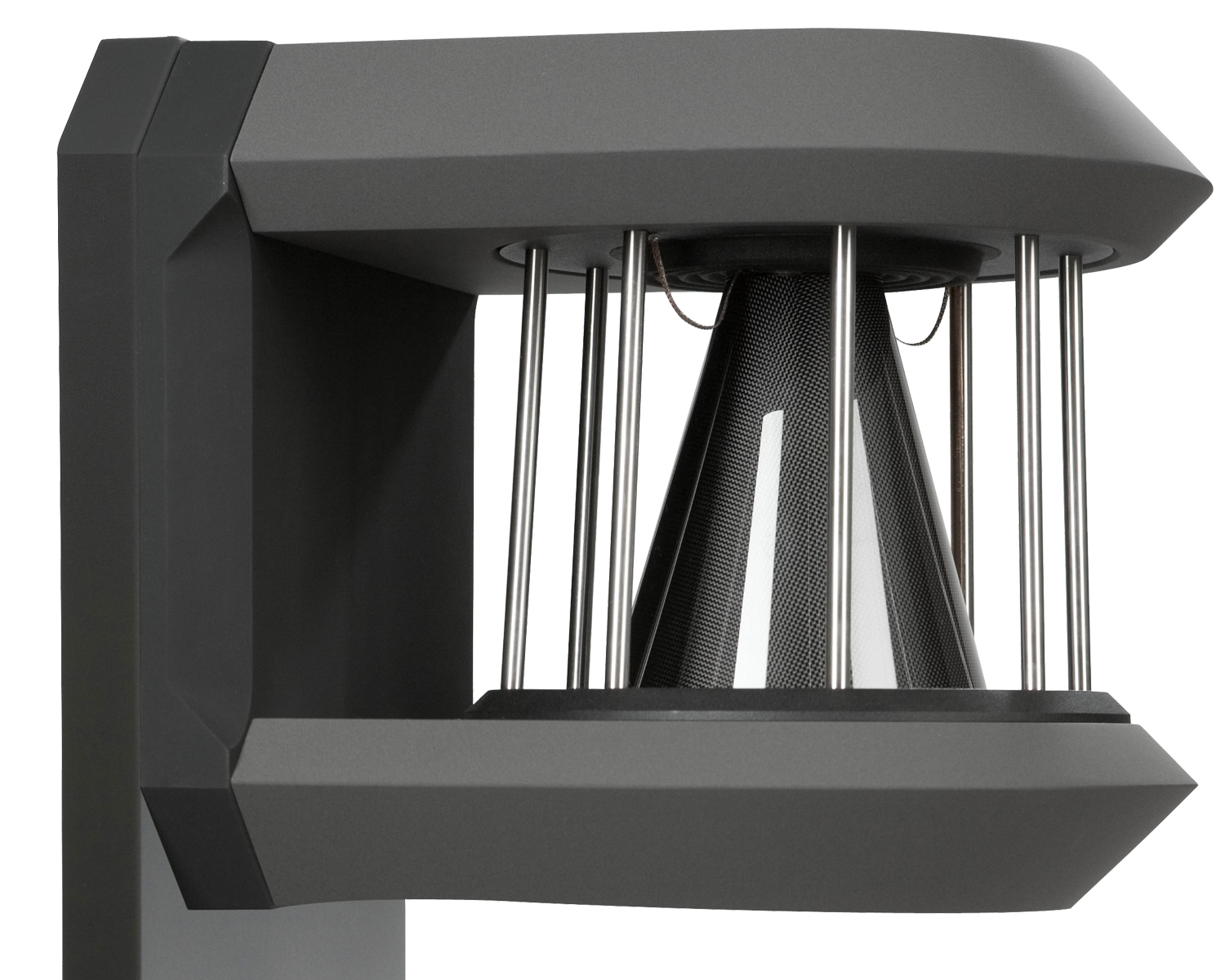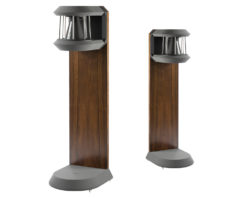Boxe German Physiks PQS-100
Contacteaza-ne pentru pret
Livrare GRATUITA la comenzi de peste 300 de lei
Boxe German Physiks PQS-100
Boxe German Physiks PQS-100
Boxe German Physiks PQS-100
Overview
The PQS-100 is a compact loudspeaker intended for use as the side and rear channels in high-end home theatre systems, where larger German Physiks models are being used for the main channels and where its exceptional resolution and dynamics will greatly add to the enjoyment of movies and music videos.

Stylishly Compact: The PQS-100.
Its single carbon fibre DDD driver produces detailed and realistic stereo images, which can be enjoyed by many listeners from a wide range of positions within the room. This avoids the “one seat sweet spot” stereo image that most conventional loudspeakers produce.

The PQS-100 is designed to be wall-mounted in order to minimise its intrusion into the room and so save space. Due to its compact size, it is also well suited for use in galleries, shops and other public places where very high quality sound is required and the sound source must be unobtrusive.

The heart of all German Physiks loudspeakers is the unique omnidirectional DDD driver
The German Physiks DDD driver uses a cone made of extremely thin (0.15mm) carbon fibre. This is very light, but also very rigid. Each driver is hand-built by a skilled technician in our factory in Germany. This is a painstaking process that takes 6 hours. After assembly, each driver undergoes a series of rigorous tests. It is then subject to a 96 hour pre-aging process, playing specially selected music at high level. Finally, it is retested and put together with another driver to form a matched pair.
The DDD driver has two key distinguishing features
1. It is omnidirectional, meaning that it radiates the sound evenly around it.
2. It has an exceptionally wide operating range. In the Unlimited it covers the range from 200Hz up to 24kHz – almost 7 octaves.
This extremely wide range is achieved by the use of 3 modes of radiation
Pistonic radiation
Bending wave radiation
Modal radiation
By comparison, most loudspeakers use drivers that only use pistonic radiation. These have a much narrower operating range and as the frequency rises, they tend to concentrate their energy into a progressively narrowing beam. This is explained in more detail here.
Full info & available colors
| Weight | 11 kg |
|---|---|
| Dimensions | 267 × 312 × 275 mm |
| Specificatii | Impedance Frequency response Power handling Amplification required Crossover slope Sensitivity Operating principle Input connectors Driver Finish Accessories Warranty |

